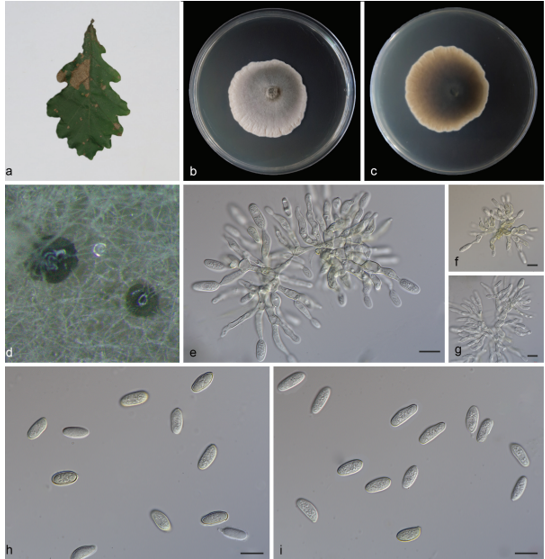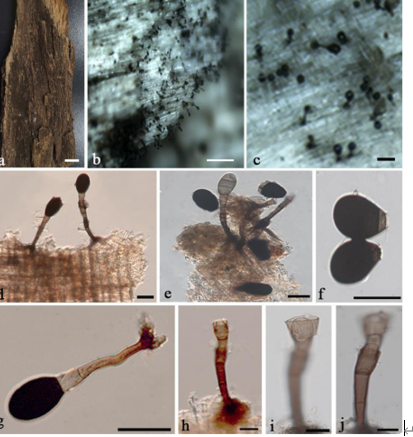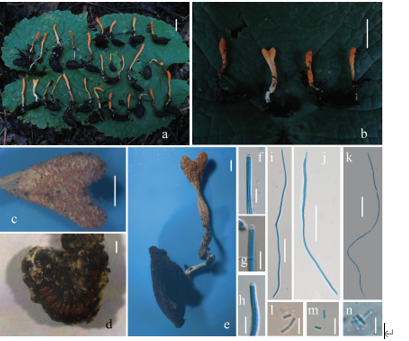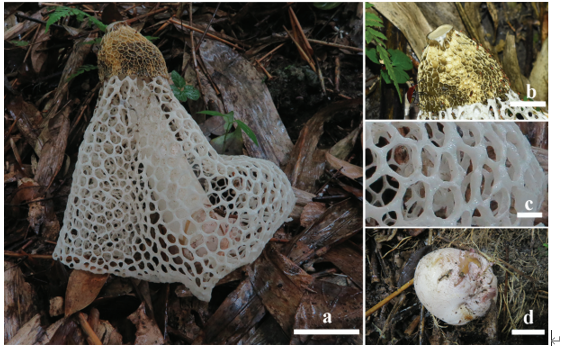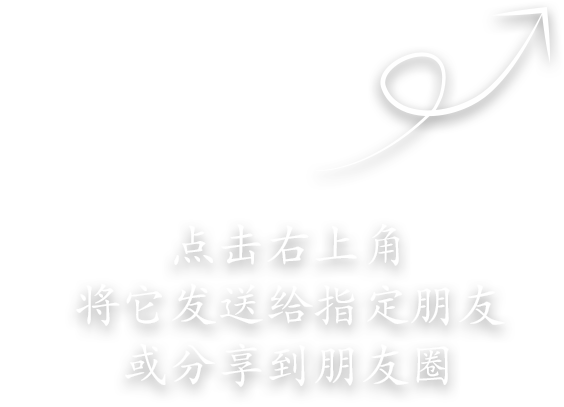Phanerochaete hymenochaetoides Y.L. Xu & S.H. He, sp. nov 2020
MycoBank: MB 835447; Facesoffungi number: FoF 08033
Holotype China, Hainan Province, Lingshui County, Diaoluoshan Nature Reserve, on fallen angiosperm branch, 2 July 2019, He 5988 (BJFC 030864, holotype). Etymology – Refers to the Hymenochaete-like basidiomata.
Morphological description
Fruiting body – Basidiomata annual, resupinate, effused, closely adnate, undetachable from substrate, membranaceous to coriaceous, up to 20 µm long, 3.5 cm wide. Hymenophore smooth, greyish orange [6B(4–6)], brownish orange [6C(4–6)] to light brown [6D(4–6)], turning reddish brown in KOH, uncracked; margin thinning out, lighter or concolorous with hymenophore surface.
Microscopic structures – Hyphal system monomitic; generative hyphae mostly simple-septate, occasionally with clamp connections. Subicular hyphae colorless to light yellow, thin- to thickwalled, encrusted with yellow resinous granules, frequently branched and septate, interwoven, more or less parallel to substrate, 2–5 µm in diam. Cystidia subulate, tapered toward apex, colorless, thinwalled, encrusted with crystals at apex, projecting above the hymenium, with a basal simple septum, 30–45 × 3–4 µm. Basidia clavate, colorless, thin-walled, with a basal simple septum and four sterigmata, 15–45 × 3.5–5 µm; basidioles numerous, similar to basidia but smaller. Basidiospores ellipsoid, colorless, thin-walled, smooth, IKI–, CB–, 4–5 (–5.2) × 2–2.8 µm, L = 4.3 µm, W = 2.3 µm, Q = 1.9 (n = 30/1).
Habitat: on fallen angiosperm branch
Distribution: Hainan Province, southern tropical China.
GenBank Accession: nLSU MT248173 Literature This study
Notes: Phanerochaete hymenochaetoides is characterized by the yellow to yellowish brown basidiomata, narrow encrusted subicular hyphae and presence of encrusted cystidia. In the phylogenetic tree, P. hymenochaetoides is closely related to P. canobrunnea Sheng H. Wu, C.C. Chen & C.L. Wei, but differs in having greyish brown basidiomata, a dimitic hyphal system with brown subicular hyphae, wider generative hyphae (4–9 µm in diam.) and lacking cystidia (Fig. 1, Wu et al. 2018a). Phanerochaete cystidiata Sheng H. Wu, C.C. Chen & C.L. Wei is similar to P. hymenochaetoides by sharing encrusted cystidia, but differs in having cream to yellow basidiomata with fibrillose margin and slightly larger cystidia (40–60 × 4–5.5 µm; Wu et al. 2018a). Phanerochaete robusta Parmasto is similar to P. hymenochaetoides by sharing the yellow basidiomata, but differs in having two kinds of cystidia without encrustation, larger basidiospores (5.5–7 × 2.4–2.9 μm) and a boreal distribution (Wu et al. 2018b).
Reference: Xu YL1 , Cao YF1 , Nakasone KK2 et al.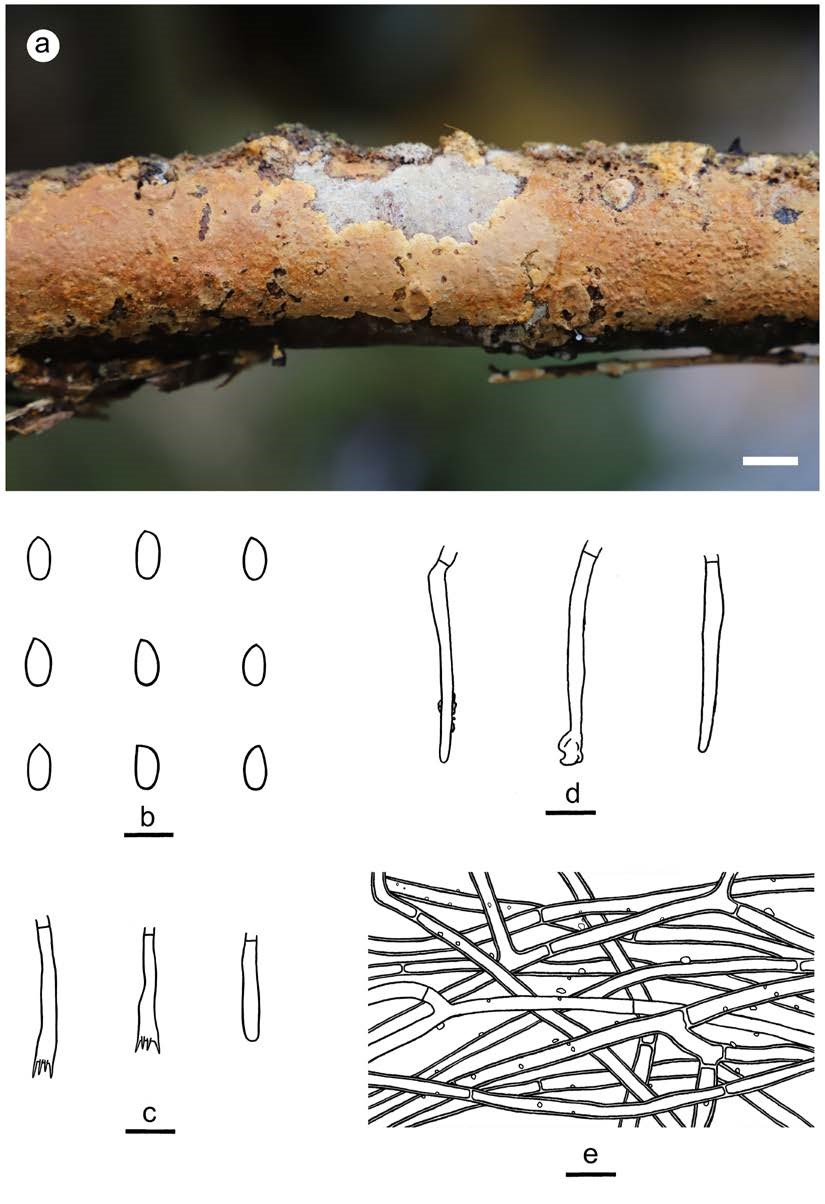
Figure 4:Phanerochaete hymenochaetoides (from the holotype He5988). a basidiomata. b basidiospores. c basidia and a basidiole. d cystidia. e hyphae from subiculum. Scale bars: a = 1 cm, b = 5 µm, c–e = 10 µm.


